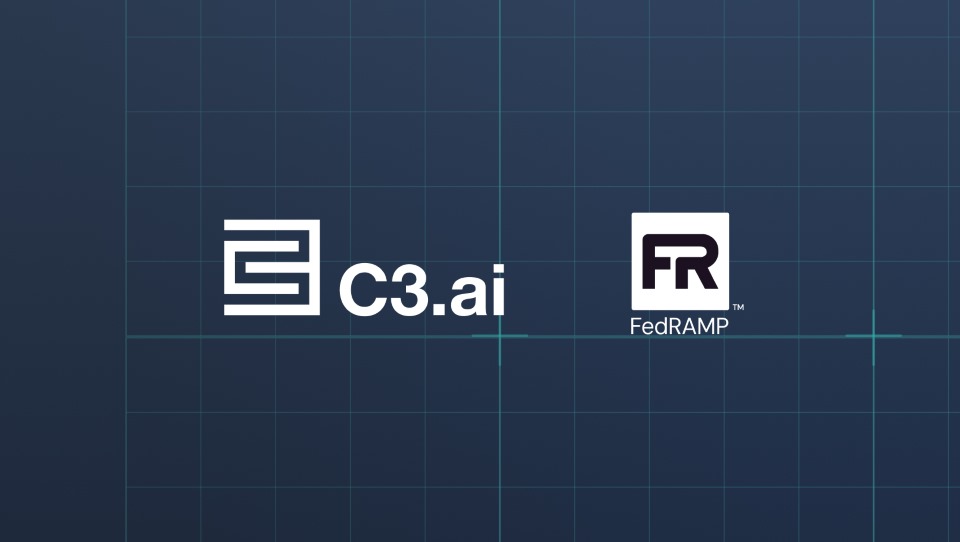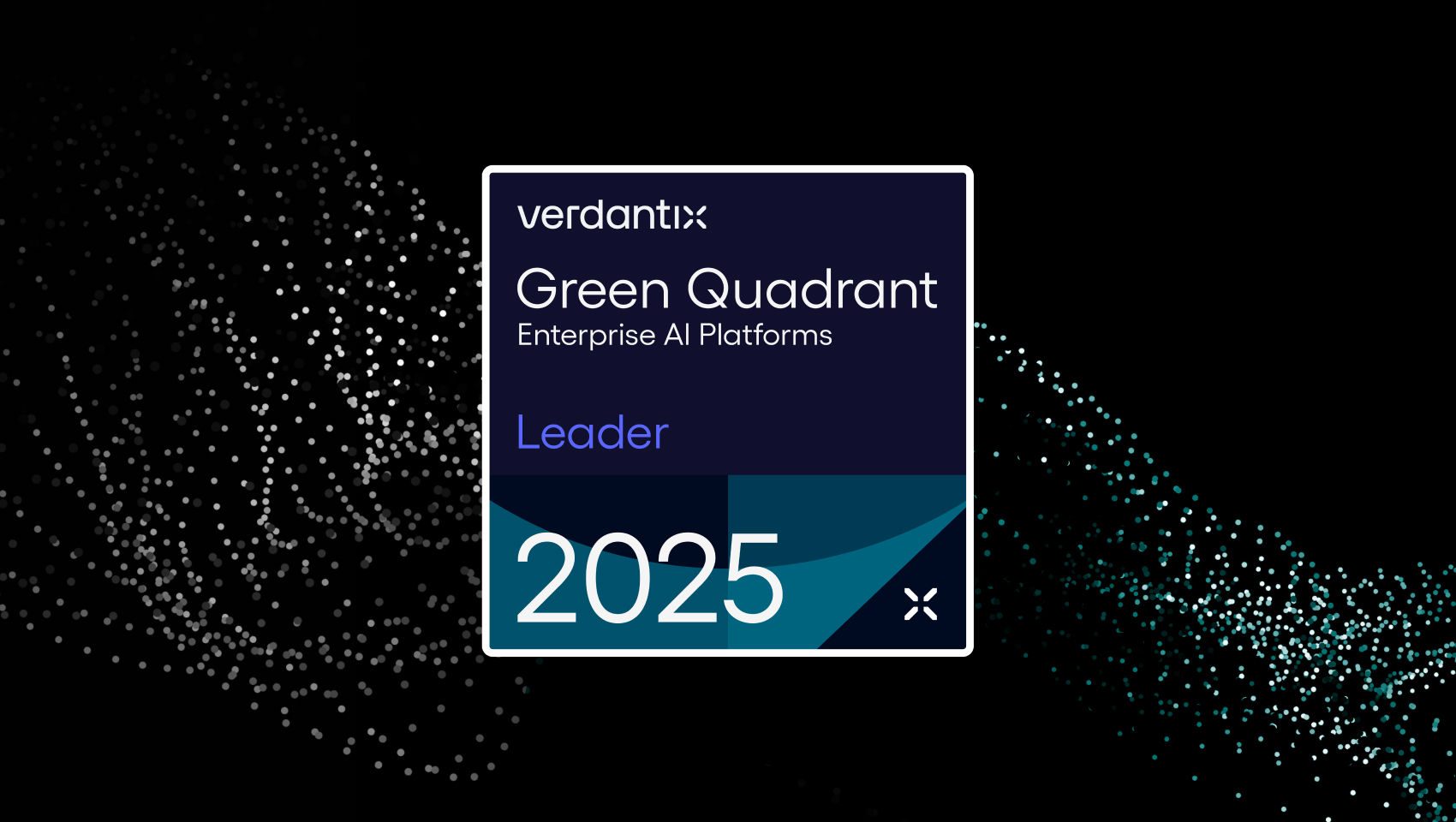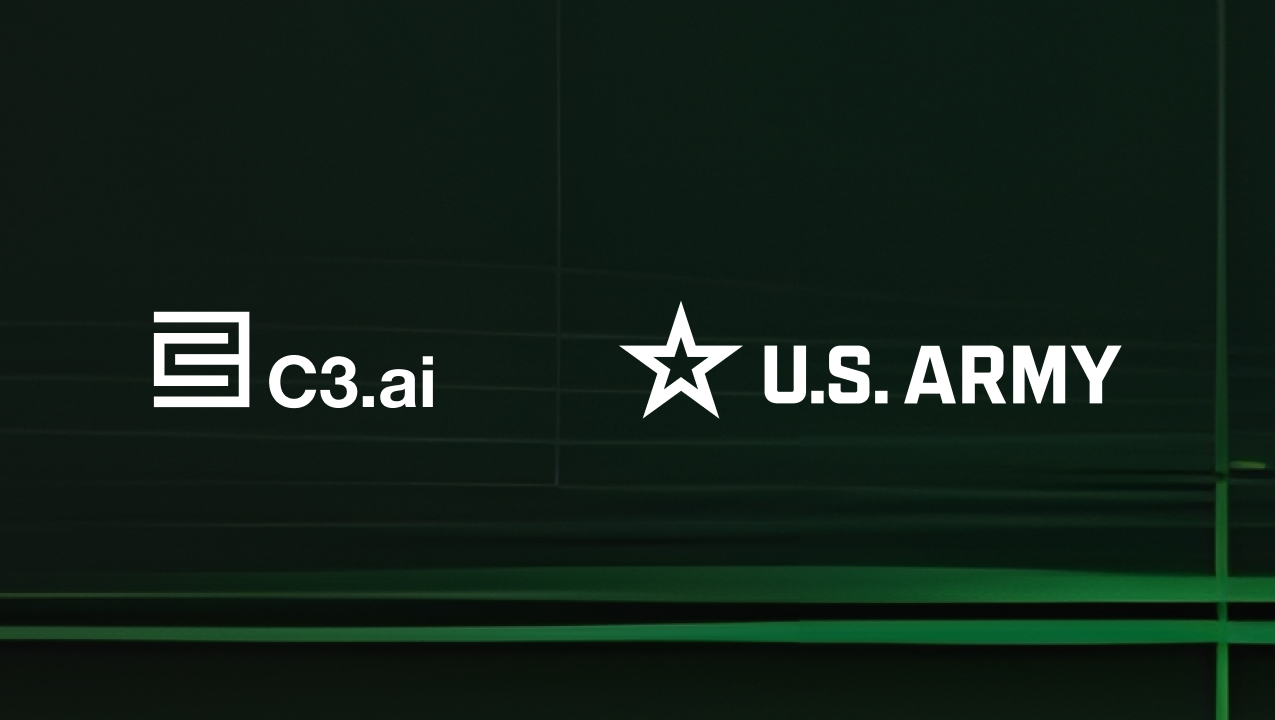Tom Siebel, CEO of C3.ai, has just published Digital Transformation. He explains how his company provides large-scale AI, predictive analytics, and IoT applications to its customers.
If IoT is on peoples’ minds today, it was far from the case ten years ago when you decided to create C3.ai, a company that specializes in data analytics and IoT apps. Why invest in this field?
We believed that new technologies, including the cloud, the processing of big data, the Internet of Things and artificial intelligence, would lead to transformations in the economy and solve problems that had never been solved before. So, we wanted to offer a software platform that allows companies to design, develop, operate and maintain applications that take advantage of these technologies, starting with energy industry.
Why this particular sector?
It is a key area for the economy and society as a whole. By improving the energy industry, we bring immense benefit to the community. We thought we could make an important contribution here. The idea is to deploy applications on the energy grid that help produce energy in a more efficient way, and at a lower cost, while reducing greenhouse gas emissions and the vulnerability of the grid to cyberattacks. We started working with a number of energy companies.
Which ones?
Our most ambitious project has been with Enel, the world’s largest producer of geothermal energy. In Italy and Spain, they have no fewer than 42 million smart meters integrated into their energy grid. We aggregated the data collected by these smart meters, as well as data from 30 million additional sensors and their information systems, collecting billions of data that we process in real time, using machine learning algorithms.
Our applications are a powerful tool for fraud detection. Energy theft is much more common than we imagine, and in some regions, such as Sicily, it is a real concern. Individuals and businesses are engaged in theft on a massive scale. However, thanks to our analytics applications, we are now able to inform Enel who is stealing energy and how.
We also provide applications for predictive maintenance. We are able to monitor the million kilometres of electrical cables, transformers, substations and reclosers in real time to identify the risks of failure with a high level of accuracy.
For example, we can predict that a transformer in the suburbs of Rome has a 90% chance of failure over the next thirty days. This allows companies like Enel to avoid major setbacks such as a transformer exploding, which is what happened in New York last June. When neighborhoods are without power for hours, there is a huge human and economic cost. When a hospital is without power, lives are at stake. Predictive maintenance prevents this type of failure from occurring and therefore brings considerable benefit to the company and society.
You are also active in the oil industry.
Indeed, we set up a similar system with Shell. They have more than half a million valves, which modulate the speed at which a liquid or gas passes through a pipe. If any of them do not open or close properly, it can lead to significant complications. Thanks to a total of two million machine learning models, we are able to predict these failures before they happen. We also do predictive maintenance on their oil platforms, where even the slightest incident can result in a real ecological disaster.
In addition, earlier this year we established a joint venture with Baker Hughes, a U.S. company active in oil drilling. By applying our artificial intelligence algorithms to the data they have on the nature of the soil and rocks, we are able to predict in advance whether a borehole is likely to have a low yield, and therefore we can tell them that it’s better to dig elsewhere. Drilling represents an investment of millions of dollars, so it is better to be certain that it will prove profitable. Thanks to our algorithms, that’s now possible.
You eventually started to target other sectors, beyond energy.
Yes, around 2016, we realized that we could reuse predictive analytics techniques in other areas, including transportation, smart cities and banking.
For example, we work with Bank of America, to monitor customer satisfaction in their corporate branch, where customers are not individuals like you and me, but big corporations like EDF, Cisco, or Apple. The loss of an account has a huge financial impact. By analyzing data, we are able to identify patterns and scenarios that frequently lead to dissatisfaction and ultimately, the departure of a customer. We can identify the accounts that have a good chance of leaving the bank.
With this information, customer service can then act proactively to reach out to these customers at risk, see what is wrong and how they can better satisfy them. The same technique can be applied in telecom or the airline industry for their loyalty programs. In the long run, I believe that all areas will be transformed by these new methods, which are very easy to deploy. Whether it’s Caterpillar, the US Air Force, or Bank of America, it’s the same software we’re using to deal with problems that are very different.
So your story is very much related to the cloud and software as a service (SaaS).
From the beginning we adopted SaaS, which at the time of our launch, was only just becoming available on the public cloud. Today, we run on AWS, Google Cloud, Azure, as well as on-premise. The elasticity of the cloud is a real revolution in the world of information technology. We’re no longer limited to the capabilities of a single computer. We can now expand the computing power, when necessary, and return to a normal capacity once the peak has passed. This represents significant savings since it is no longer necessary to build a computer the size of a building that will only be used to its full capacity every so often. That’s why I think that in ten years, no one will have data centers, everything will be on the cloud. The costs are simply too low, and the competition between Amazon, Microsoft and Google continues to lower the cost.
Are there some exceptions in which data will be stored on-premise rather than on the cloud, especially considering the risk of cyberattacks or data sovereignty?
There will of course be some exceptions — areas that are deprived of Internet connection, for example the Bering Sea, or even oil platforms. As for cybersecurity, data is already more secure on the cloud than behind a firewall. And the cloud is not incompatible with data sovereignty either. Today’s major suppliers allow their customers to choose where their data is stored. And not all cloud providers are American. Germany has its own supplier in SAP, and France has OVH. Even Quebec has its own cloud. The cloud is progressing even faster than I had anticipated. Until a few years ago, every major company claimed that its data would never be put on a public cloud. Today, all of them are working to deploy all of their applications to the cloud as quickly as possible.
Ten years ago, you predicted the cloud would change the world. Today, do you see other emerging technologies that could play a role in the next decade?
Blockchain and quantum computing are two serious candidates. Artificial intelligence is also far from having reached its full potential, and we are mobilizing many resources around deep learning. A great deal of effort is also being made around information technology at the periphery to process data directly on the device, rather than centrally.
You recently published a book, Digital Transformation. Why now?
The idea for this book started from an observation. By talking to business leaders from all over the world, I realized that the term “digital transformation” always came up in conversation. It left me somewhat puzzled. “Digital” as opposed to what? Analog transformation? So, I asked for clarification, and it soon became apparent that no one agreed on the meaning of this term. That’s what inspired me to write this book – defining what digital transformation is, why it’s important, and how to succeed. I mention a number of companies that I believe have been successful (ENGIE) as well as those who have missed their opportunity for digital transformation (General Electric) and highlight the key differences.
In addition to reading your book, what advice would you give to leaders who want to succeed in digital transformation?
In every company that is successful in their digital transformation, the leader is directly involved in this transformation. Take for example, Isabelle Kocher at ENGIE, or Andrew Wilson at the US Air Force. These people take the time to read extensively and surround themselves with savvy advisors (Jacques Attali, for example, in the case of Isabelle Kocher). Successful leaders avoid far-reaching projects that will fail (such as GE Digital, a multi-billion dollar disaster), and look to build smaller programs, with a six-to twelve-month horizon, that you can easily measure progress and that provide direct economic benefits, as well as benefit the community. In short, digital transformation seems complex, but the key to success lies in simplicity.



